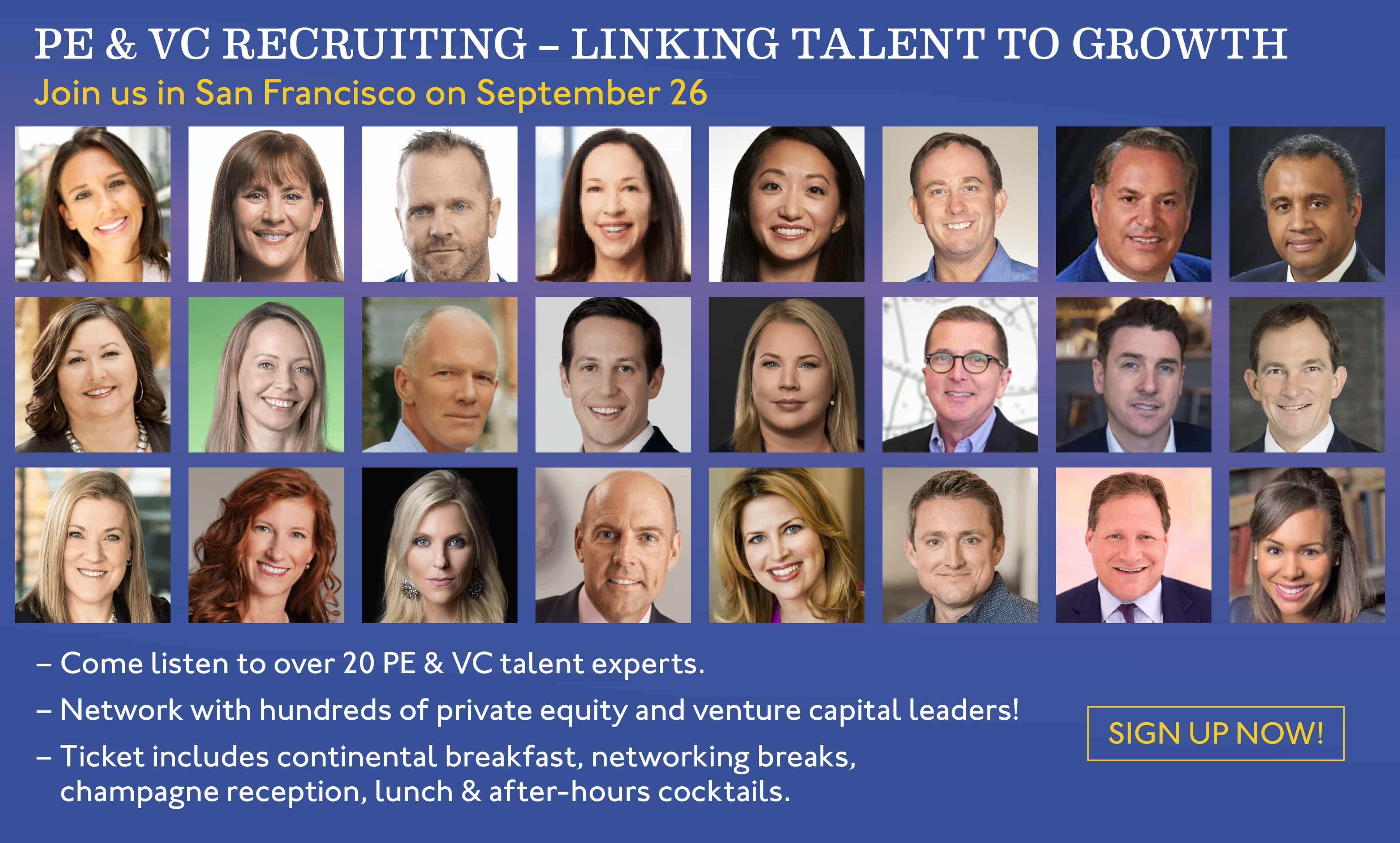5 Reasons Why Top Recruiting Firms Rely on Real-Time Collaboration

August 19, 2019 – The world of executive recruiting has changed significantly in the past decade. Technology-aided candidate assessment methods, for example, are now commonplace. And search firms are expanding the services they offer, as clients place a greater emphasis on succession planning, culture fit and talent management solutions that go far beyond recruiting.
As a result, executive recruiting firms have had to adapt to change and adjust processes on-the-fly much more than in the past — all while client expectations rise, hiring behaviors and norms change, and as competition makes the race to hire the best available executive talent more fast-paced than ever, according to a new report by J. Reed Flesher, founder and president of Philadelphia-based Thrive, which develops software for recruiters and talent executives.
“One of the ways executive recruiting firms are better adapting to these changes is by establishing and fostering a range of real-time collaborative recruiting processes,” Mr. Flesher said. In simple terms, what that means is that all stakeholders play a part in the recruiting process, and that all communication regarding client requirements, candidate notes, hiring decisions, and things of that nature happen instantly and with full transparency.
Benefits of Real-Time Collaboration
“While a commitment to improving communication and increasing transparency probably sounds like a good thing in and of itself, a collaborative recruiting process can also improve client satisfaction, candidate placement time, and more,” said Mr. Flesher, who offers up key benefits of a collaborative approach.
 Reed Flesher is the founder and president of Thrive, which provides powerful executive recruiting and talent relationship management (TRM) software solutions. The company works with search firms, in-house corporate recruitment teams, and venture capital/private equity firms to help them manage passive candidate networks and hire top talent.
Reed Flesher is the founder and president of Thrive, which provides powerful executive recruiting and talent relationship management (TRM) software solutions. The company works with search firms, in-house corporate recruitment teams, and venture capital/private equity firms to help them manage passive candidate networks and hire top talent.
Benefit No. 1: Viewpoint Diversity
Collaborative decision-making in the world of corporate America can sometimes be viewed as a negative. Mr. Flesher said that it’s synonymous with design by committee, which is what happens when the requirements of a project are unclear, or too many designers are involved on a project without a common plan or unifying wisdom. According to recent research by Forbes, having a diverse range of viewpoints in the workplace also means that better business decisions are made faster, and with better results. To that point, in an analysis of nearly 400 companies, McKinsey established a “statistically significant connection between diversity and financial performance.” And while that’s true for business decisions in general, those benefits also apply to executive recruiting in particular.
Hiring collaboratively helps organizations better shape the role and the qualities of the ideal candidate, more effectively evaluate who measures up to those expectations, and more accurately predict when a potential candidate might not end up working out, according to Forbes.
Benefit No. 2: Better Retention Rates
Up to 25 percent of new hires quit their new role within the first six months, says LinkedIn. “That doesn’t help anybody, and if it becomes a recurring pattern, it can damage the long-term reputation of your firm,” Mr. Flesher said.
“Not to mention the cost of a bad hire,” he said. “According to the U.S. Department of Labor, the average bottom-line cost of a bad hire is 30 percent of that employee’s annual salary — and that’s in addition to the employee’s salary, benefits and the cost of hiring a new executive.” In addition, a study by the Harvard Business Review found that “only one out of five executives hired from outside are viewed as high performers at the end of their first year in house.”
 Your Playbook for Better Collaboration In Executive Search
Your Playbook for Better Collaboration In Executive Search
Collaborative hiring can shorten the time-to-hire and increase a placement’s time spent in a role, two key recruiting benchmarks. But a successful hiring process requires more than that. Here’s some fresh thinking and a new approach.
“Sourcing good-fit executive candidates for your clients is one of the best ways to increase retention and improve employee churn,” said Mr. Flesher. “A collaborative approach, where multiple stakeholders define the ideal candidate, shape the job description, and provide candidate feedback, is one key way to improve those two key retention metrics.”
Benefit No. 3: Faster Time to Hire
“A collaborative approach to executive recruiting can increase the speed at which your firm identifies, evaluates and places new candidates,” Mr. Flesher said. And any extra speed increase can have a big impact, since the time to hire top executive talent can range from 90 to 180 days on the low side, and longer in many instances.
But how does it work? “Collaborative hiring processes tend to favor transparency and the free flow of information, which means the various stakeholders and corporate departments at your client’s company don’t waste time waiting around for updates, or reaching out via email for a decision from the VP of finance,” Mr. Flesher said. “Everyone knows where everyone else stands, and that makes it easier to get unstuck.”
Robert Crowder, an executive recruiting expert and founder and managing partner of the Chapman Farrell Group, agrees, saying that “time-to-hire and quality are dependent variables based on the function of information, process, and people. Strong collaboration can eliminate waste, rework, and allow us the advantage of making better decisions quicker.”
Benefit No. 4: Superior Interview Experience
“The collaborative approach to hiring not only improves internal information management, it also enables your team to deliver a more high-touch approach to managing both your candidate and client interactions,” said Mr. Flesher. “This can help set your firm apart from the competition, conveys thoughtfulness, and demonstrates value. Real-time, collaborative recruiting processes also help your client stand out in the battle for dynamic C-suite talent.”
 10 Tips for Networking with an Executive Recruiter
10 Tips for Networking with an Executive Recruiter
As invaluable as executive search firms are for companies, they can also make a tremendous difference in the careers of professionals who are in the market for a new job. Tapping into a recruiter’s help calls for forethought as well as networking skills.
Research from LinkedIn backs this up showing that 75 percent of those in the workforce consider themselves to be “passive candidates” open to the idea of a role at a new company. This means that your clients have to both act fast and convey a culture and workforce that can stand out and attract superior C-level talent.
Benefit No. 5: Better Use of Resources
Collaboration also helps you fight the two most-feared enemies of executive search: time and money. “When collaboration between teams breaks down, it increases the cost of your client’s search in terms of both time spent on the initiative and the opportunity cost of missing out on an ideal candidate,” Mr. Flesher said. “Standardized, real-time, and collaborative processes are more efficient, which speeds up the entire endeavor, ensuring your client doesn’t miss out on the ideal executive talent for them.”
Final Thoughts
“Now you have a good high-level understanding of the collaborative approach to executive recruiting and how it can help your firm help your clients,” Mr. Flesher said. “In future posts on this topic, we’ll give you the information you need to design a collaborative process from the ground up (or help refine your existing processes).”
“Then we’ll show you how modern technology can help take the friction out of the collaborative process, and share helpful tips and recommendations we’ve collected from our conversations with executive recruiting professionals over the past several years,” he said.
Contributed by Scott A. Scanlon, Editor-in-Chief; Dale M. Zupsansky, Managing Editor; Stephen Sawicki, Managing Editor; and Andrew W. Mitchell, Managing Editor – Hunt Scanlon Media












